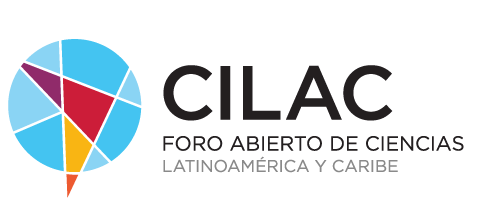
Inventions are, on many occasions, projects that remain in the drawer or the meeting room because no one bets on them. Because no one understands that they are truly interesting inventions..
The paradigmatic example of this was the invention of suitcases with built-in wheels which, despite having many decades behind it, did not become a popular invention until the 1990s.
Northwest Airlines
In the 1990s, a Northwest Airlines pilot, Robert Plath, invented the successful Rollaboard model, which incorporated wheels and also a rigid, folding handle. It was an epidemic. Suddenly, everyone replaced their old suitcases with these new ones.
However, the invention was not new: it had simply appeared at the right time. In 1972, for example, Bernard Sadow had already launched a suitcase with wheels, although it did not include a handle, but instead had it hanging from a leather strap that, in practice, made the suitcase tend to move sideways.

But a century earlier, in 1887, there already seems to be a patent for a similar suitcase. And in a newspaper article from 1951, John Allay May explains his attempts to make and sell a suitcase with wheels since 1932, as transcribed Robert J. Shiller in his book Economic narratives:
And they laughed. I was getting very serious. But they laughed, all of them. When I explained to any organization a future application of the wheel theory, they expressed themselves as if it produced a soporific boredom (why not make the most of the wheel? Why haven't we equipped people with wheels? (... ) I estimate that I have presented this concept to 1,500 people and 125 organizations. My wife got tired of listening to me in 1937. The only man who took me seriously was an inventor who lived for a time in my neighborhood. The problem is that no one cared. took seriously.
No one really knows why the wheeled suitcase finally fell apart. Maybe it was something in the design. Or the rigid handle. But Shiller suspects the secret is glamour.:
In previous attempts, rolling suitcases were seen as a somewhat ridiculous contraption. Its 1991 press ads linked the Rollaboard narrative to airlines, which in 1990 were considered more glamorous than now. (…) The epidemic of wheeled suitcases was fueled when pilot crews and cabin crew widely adopted the Rollaboard model. Passengers saw distinguished-looking aviation professionals walking through airports with their innovative suitcases.
After all, ideas are more part of an ecosystem than a brain: if the ecosystem is not there, the idea not only takes longer to flourish, but to take root and begin to be in common use, which ultimately intervenes not in the propagation of the idea, but in its mere conception. For this reason, precisely, More innovative people live in cities than in the countryside.
–
The news
The suitcase with wheels or how inventions only flourish when there is context
was originally published in
Xataka Science
by
Sergio Parra
.































